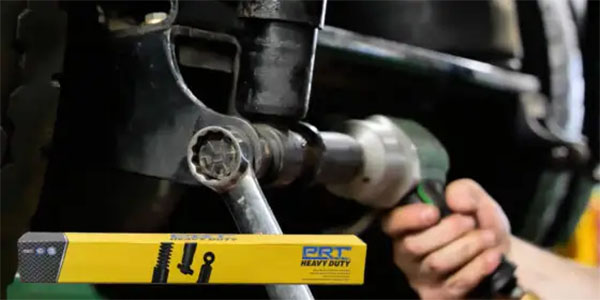CC:
So when does brake fluid go bad? When does it wear out? It is a difficult question that differs depending on the auto manufacturer, type of brake fluid, and also the brake system. For brake fluid replacement in the field, it’s not about when but more about why. Even if the brake fluid is discolored or cloudy, it might still meet the system’s performance requirements. The brake fluid in the master cylinder or reservoir can have a far different appearance than the fluid contained at the calibers. But if you can see debris in the fluid with your naked eye, it could be a sign the rubber seals for the hoses are starting to degrade, or it could be a sign that the customer left the cap off the reservoir.
Brake fluid condition depends on two types of indicators. Water concentration, and also the condition of the additive package. Water concentration is easily measured, but measuring the condition of the additive package requires looking at factors controlled by the additive package. The worry about water concentration or moisture levels has been around for decades. Since brake fluid is hydroscopic, it means that it absorbs moisture in the air. Water changes the boiling point of the brake fluid.
Testing for moisture can be done several ways. First, some testers can boil a small amount of sample brake fluid. Second, some testers use a refractometer to measure the specific gravity of the brake fluid. Third, some newer testers pass electricity through the brake fluid to measure the resistance. Any tester is better than no tester at all. Also, measuring the pH of the fluid can capture the condition of the additive package in the brake fluid. The additive package has buffers that control the pH. The additives regulate all the pH of the fluid and prevent it from corroding the inside of the brake system, but they have a limited lifespan before the acid can change.
Once all those additives are depleted, well, the pH can go very high and very quickly and become very acidic. Testing the pH of the brake fluid can be performed with a test strip, which can be used to justify brake fluid services to the customer. Another method is to measure the amount of copper in the brake fluid. Copper is used to seal the brake lines through a process called brazing. As the additive package in the brake fluid wears out and corrosion occurs, copper is pulled off the inside of the brake lines and becomes suspended in the brake fluid. The more copper in the brake fluid, the more corrosion inside the system. Testing of the copper concentration can be performed with test strips and the results can be shared with the customer.
Brake fluid replacement is more critical than ever. Since 2008, every vehicle sold has had an ABS system. This means you have valves and also sensors that need to be able to work properly for the ABS to function. Since 2012, every light vehicle that’s been sold is equipped with stability control that has added even more valves to the hydraulic control unit and the complexity of the overall system. The hydraulic control unit needs fresh brake fluid to operate and also protect the valves and passages from corrosion. An additive package can help control the pH. Also, capitation can even keep the viscosity in the recommended range.
This video is sponsored by Advics.













